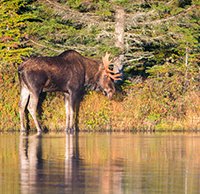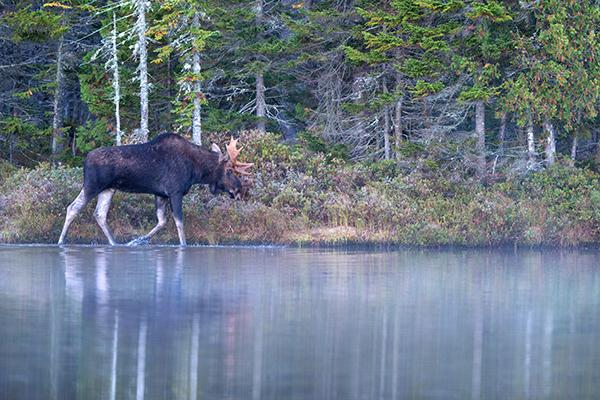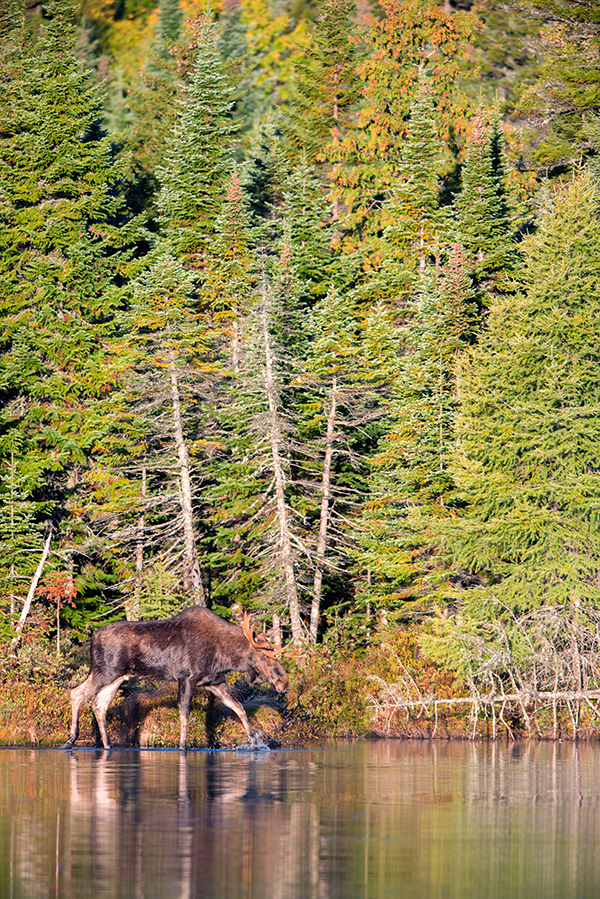Shoot faster using the focus-and-recompose technique
posted Thursday, January 28, 2016 at 2:52 PM EST

Depending on which camera you use, you might find that your camera's autofocus points don't always cover enough of the frame to allow you to simply focus directly on your subject and capture your image. An article by Simon Ringsmuth at Digital Photography School discusses what to do when your camera's autofocus is unable to capture the image that you want.
He first gives a brief overview of different common autofocus modes, such as fully automatic, single point, and face detection autofocus. Single point typically provides the most consistent performance, but it is not always quick to move the individual autofocus point over your subject. Instead, you can move the camera rather than the AF point.
This technique is called focus-and-recompose. This is a "process wherein you select the focus point, often just one single dot or square in your viewfinder, and lock focus with a half-press of the shutter button. Then…you physically move your camera…in order to recompose your shot while still keeping the focus where you locked it."

Imagine a scenario wherein you have the central autofocus point selected and you see a moose that you'd like to photograph. You want to compose the image such that the moose is near the edge of the frame but you either can't select an autofocus point close enough to the edge or don't want to risk the moose leaving before you can change settings and select the appropriate autofocus point. Move your central autofocus point over the moose's eye (or wherever you want to focus), lock the focus with a half-press, and then recompose the shot while maintaining the locked focus. You're then ready to capture the desired image in the composition you want. This process will be very quick once you're used to it.

By getting used to using the focus-and-recompose method, you will become a faster photographer out in the field and be able to achieve sharper focus on subjects that don't fall underneath one of your camera's autofocus points.
Ringsmuth also mentions back button focusing, a method that I personally like to use. By moving autofocus to a button on the back of my camera (rather than the half-press of the shutter), I am able to more consistently activate autofocus. This also means that I can manually focus any of my lenses without having to hit a switch or change any settings since half-pressing the shutter will no longer activate autofocusing.
For more information on focus-and-recompose, read the full article here.
(Seen via Digital Photography School. All images used in this article are the property of Jeremy P. Gray)